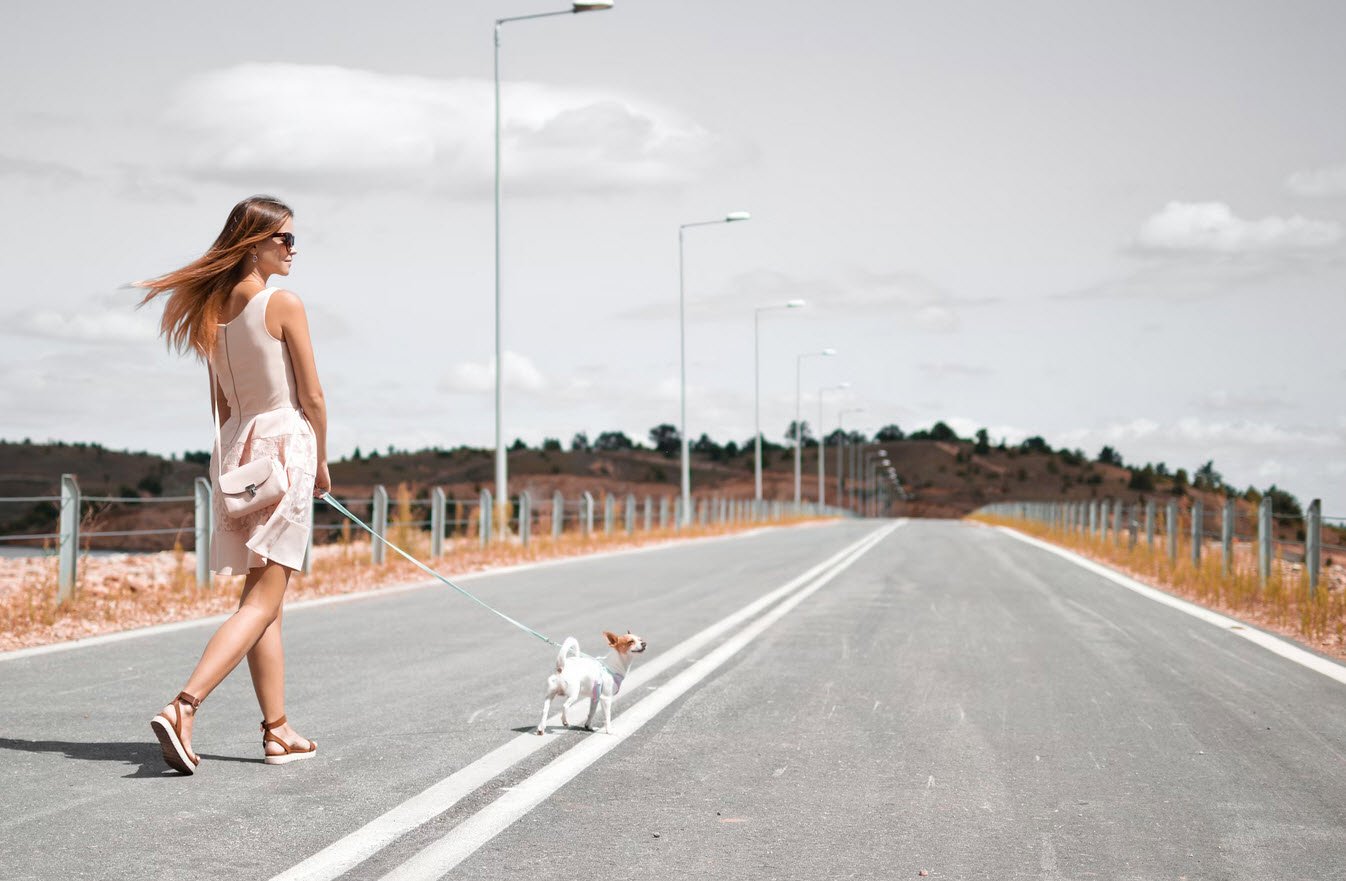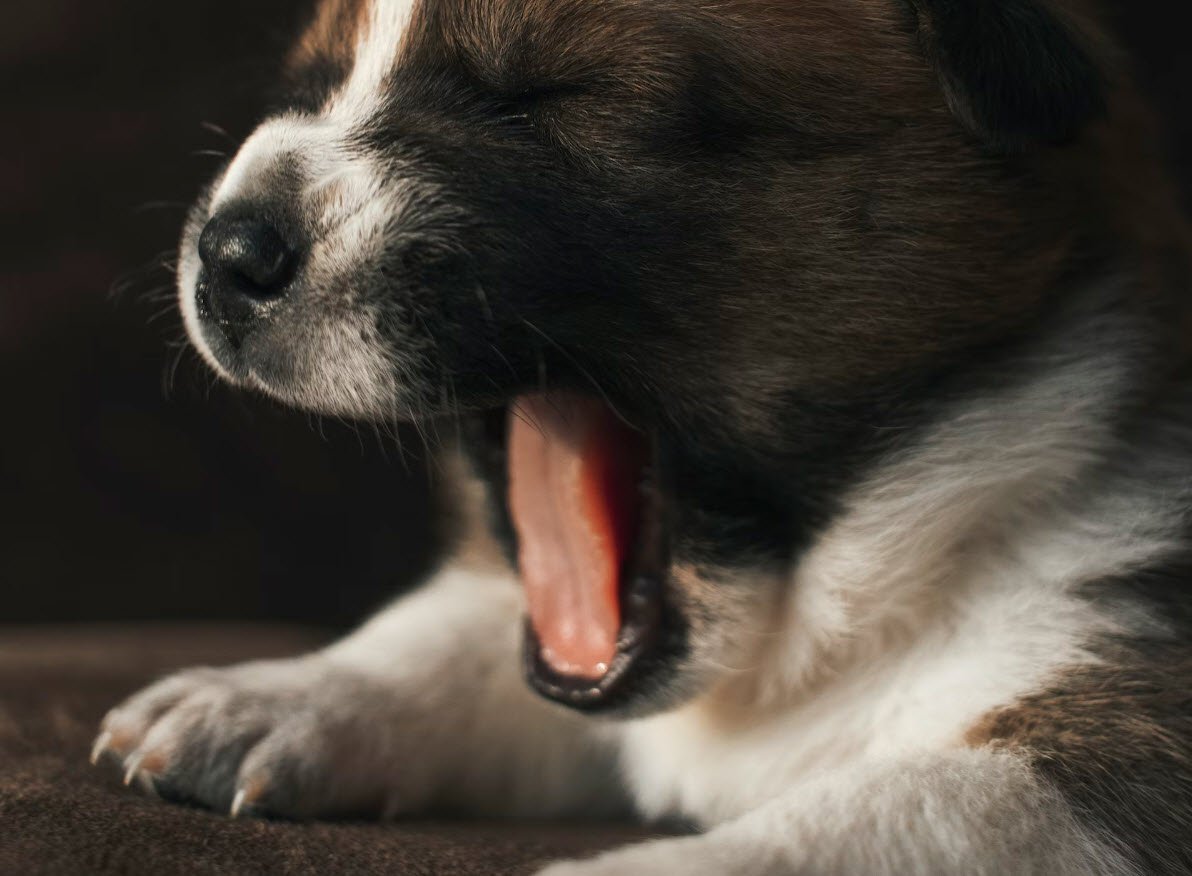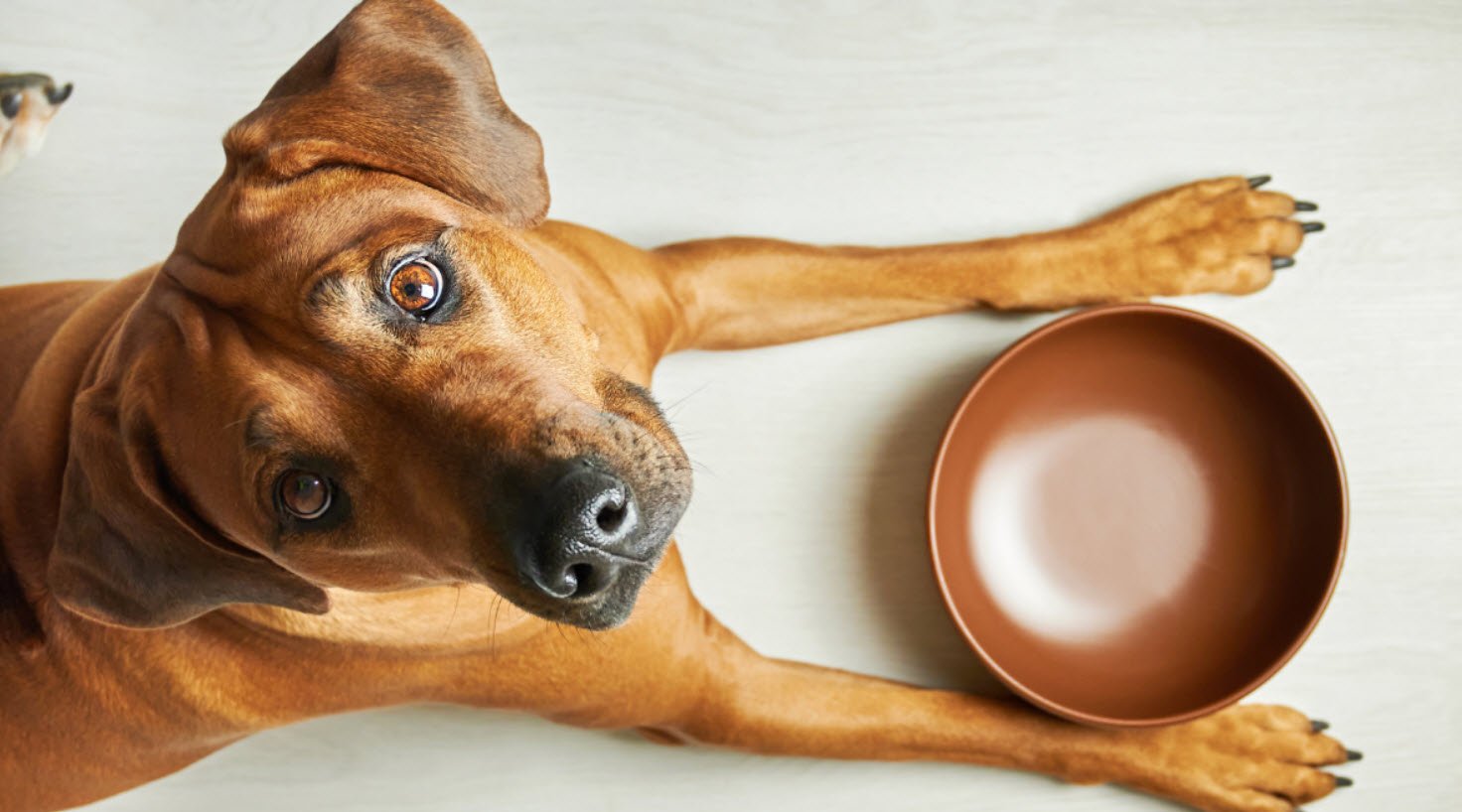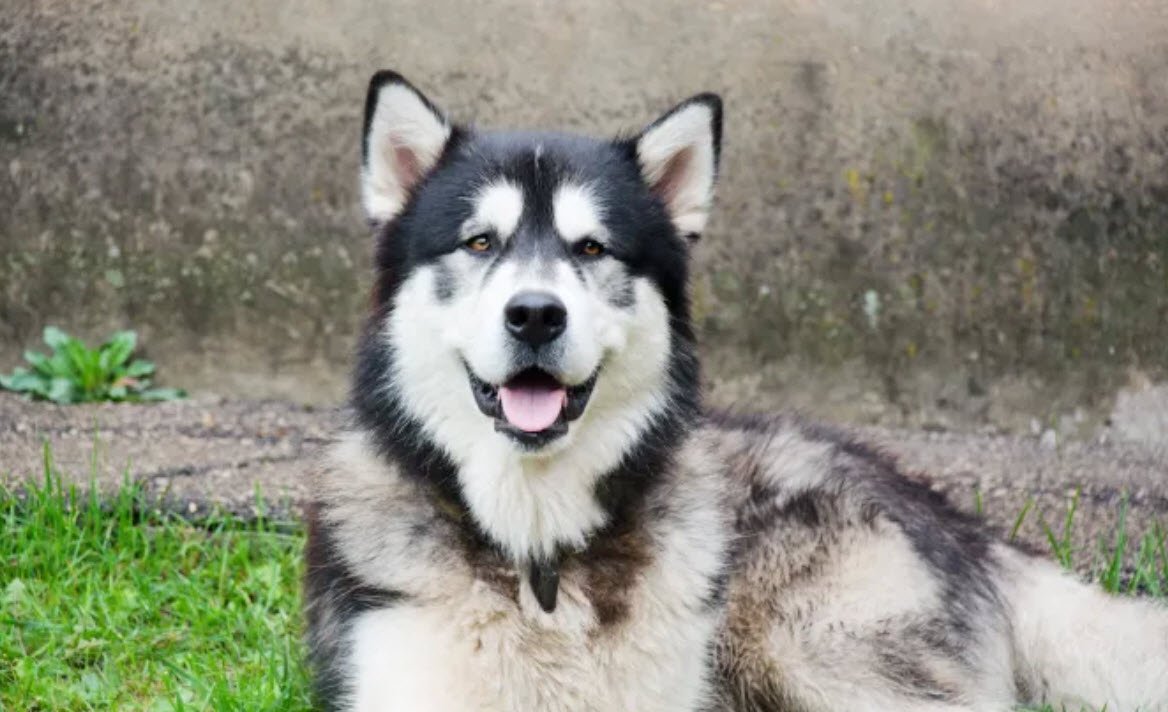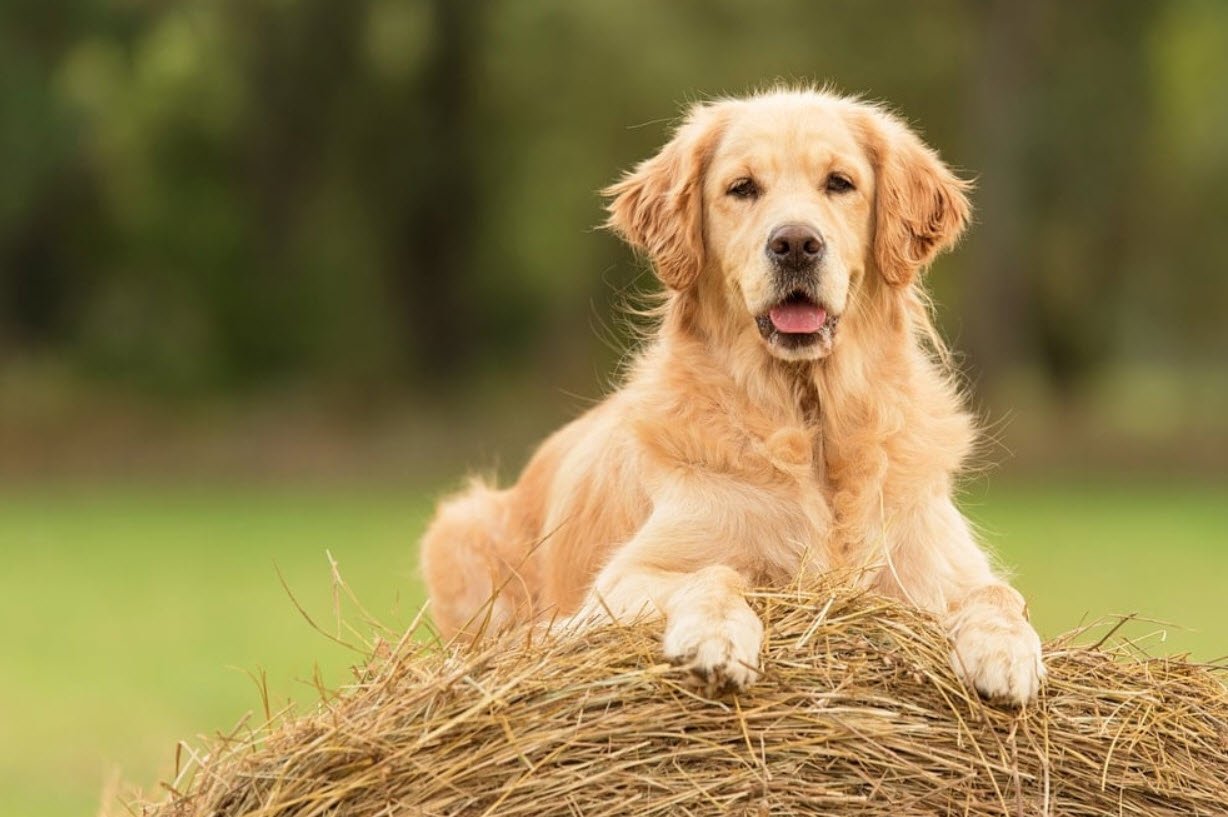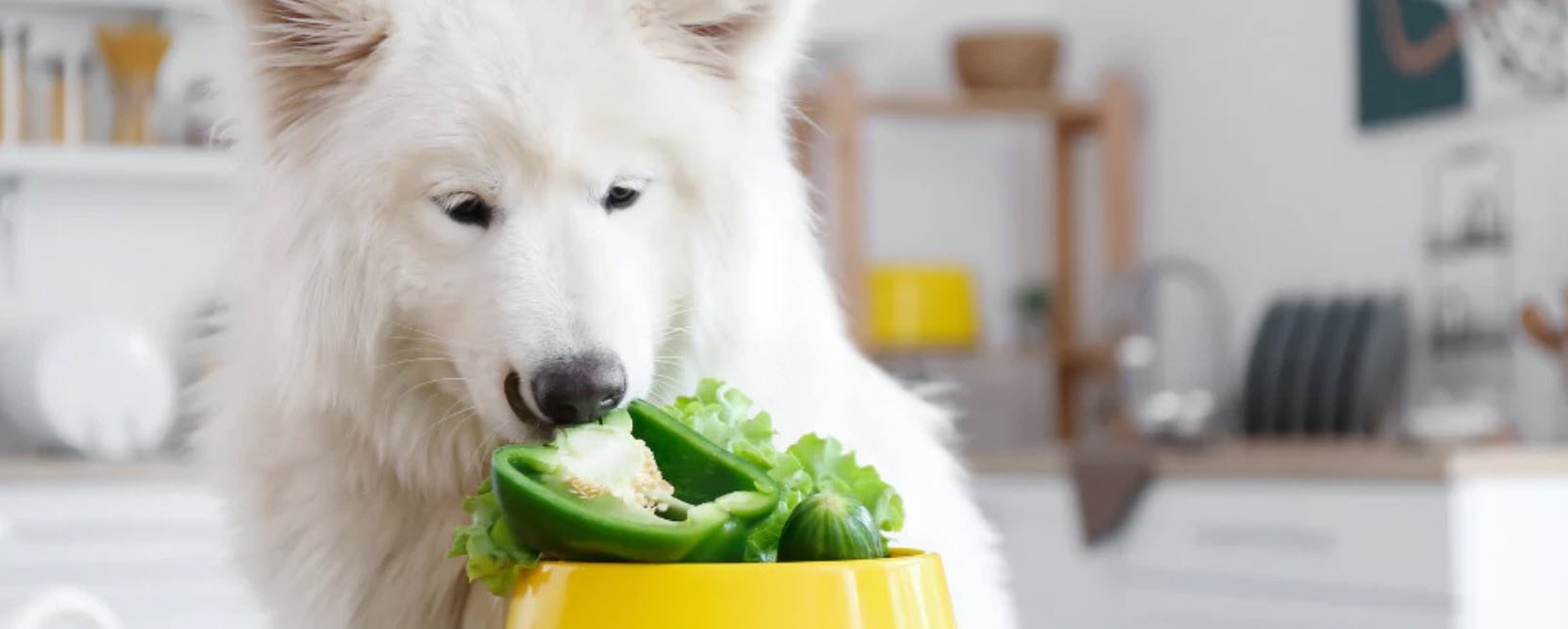
A muzzle can be a helpful tool to keep everyone safe while you’re working to improve a dog’s social skills or trying to manage aggressive tendencies. In particular, a muzzle protects the dog who’s wearing it, since the fallout from a bite can include quarantine, legal action and euthanasia.
With a muzzle on the dog, you can make even a scary situation a positive, successful learning experience. Any dog can learn to wear a muzzle, and can potentially benefit from it. Every dog has
a bite threshold, the point at which he or she is stressed enough to bite. For some dogs, this threshold is reached very easily; for others, it takes extraordinary circumstances. In all cases when reaching the bite threshold is possible, a dog wearing a muzzle is at much lower risk of hurting a human or another animal.
Also Read: Shy Dogs – How to Work with Shyness
Reasons For Dog Muzzles
The number one reason that we recommend muzzle use is for dogs who are so fearful that they become aggressive easily. Other reasons for teaching a dog to become comfortable wearing a muzzle are:
- To safely handle a terrified or injured dog (either a rescued animal or your own) in an emergency
- To safely do a medical exam or groom a dog who is likely to bite
- To prevent injury to other animals who are allowed to approach a dog who is likely to bite
Many people are oblivious about aggression in dogs. They allow their dogs to run up to dogs on lead, not realizing that it’s not always a safe thing to do. Even dogs with poor greeting skills are sometimes allowed to run up and then snap at the dog on lead.
A muzzle is a wonderful tool to show that you are being responsible — doing everything you can to keep everyone safe. You can then try to educate the people who have their dogs off-lead about the dangers of allowing their dogs to approach dogs they don’t know.
Types of muzzles
- Plastic basket muzzle: This is the best all-around muzzle for protection, fit and training. It allows the dog to breathe and pant easily and drink water, so it can be worn for extended periods. And a dog wearing a basket muzzle can take treats for rewards during training.
- Leather muzzle: These vary in design, so be sure you choose the basket style so your dog can pant, drink and receive treats.
- Soft muzzle: This type is lighter than a basket muzzle and easy to put on, but doesn’t allow for as much ventilation for breathing, and there are some reports of dogs being able to bite through the soft sides.
- Grooming (mesh or fabric) muzzle: The dog can’t pant, drink or eat treats with this muzzle on, so it should only be used for very short periods. It’s not safe to use for training.
- Metal basket muzzle: We don’t recommend these because they can break at the welded spots, leaving sharp wire ends or edges that can injure the dog or you.
- Emergency muzzle: In an emergency, it’s possible to create a muzzle out of gauze.
Getting a proper fit is critical. You want the dog to be comfortable wearing the muzzle, avoiding any chafing or irritation. Manufacturers of good muzzles provide a size chart and guide so that you can measure your dog to determine the fit. When a perfect fit isn’t possible, you can add padding (moleskin, foam bandage, etc.) to protect the dog’s fur and skin. A proper fit, using all the straps provided, will also minimize the risk that the dog will be able to get the muzzle off.
Keep in mind that a muzzle reduces the risk of a dog biting, but does not completely eliminate it because a muzzle can sometimes come off in a scuffle. So, even if your dog is wearing a muzzle, you should be vigilant and keep him away from situations in which he may be likely to bite.
Once you’ve decided on the type and size of muzzle that’s best for your dog, you can buy it from any online retailer or you can try your local pet supply store.
Severity of Dog Bites
When it comes to dog bites, does the size of the dog matter? If a dog is willing to bite, a dog of any size can cause damage! Of course, a four-pound dog is not going to cause the same damage as a much bigger dog, but even a small dog can break the skin on a person.
We hear far too often that the bite was an accident caused by human error, but then we find out that it wasn’t a first bite. If we don’t help dogs who have these “accidents,” we are being careless with their lives. Bites from dogs of any size to people’s faces and bites to babies and small children are rarely excused. The consequences could be severe for a dog who bites a child or a person’s face.
Wearing the Muzzle
Before you start training a dog with a muzzle, you’ll need to get the dog comfortable with wearing the muzzle. This takes a bit of time and patience, but when done correctly, it can make the dog actually enjoy wearing the muzzle by getting him to associate it with fun and happy things. You want to make wearing the muzzle a game that the dog likes to play.
Training with the Muzzle
Dogs who are anxious or fearful around humans or other animals need help to change the emotional associations they have with them. Any dog who is likely to bite during training should wear a muzzle, to keep him and everyone around him safe. With the dog comfortably wearing the muzzle and focusing on you, teach and/or practice basic cues, giving praise and treats generously. Do whatever else the dog enjoys — playing with toys, petting — so the dog continues to associate wearing the muzzle with positive things. Do this work in your home or someplace with no distractions.
When you’ve mastered basic cues, start taking the muzzled dog out walking on lead in a low-traffic area (few people or other animals, depending on what the dog reacts negatively to). Give lots of great treats through the muzzle and allow the dog to enjoy sniffing, marking, rolling, whatever makes it a great walk for the dog.
Keep the walks brief: Use this short distance daily in different locations. When the dog is able to focus on you without becoming overly excited or fearful, try moving closer to the source of the dog’s fear or anxiety (people, other animals). Each dog will vary as to how quickly he or she can progress. Some dogs can move 10 feet closer at a time; for others, two feet is a big challenge. Be careful to keep the distance between the dog and the people or animals wide enough that the dog doesn’t become overly excited or panicky.
If at any point the dog does become excited or fearful, move farther away from the people or animals and raise the value of your treats. For example, if you normally reward with dog biscuits, give bits of cheese or cooked chicken instead. It’s a good idea to carry a variety of treats at all times, since it may help the dog to stay focused or return to focusing on you instead of reacting negatively to people or other animals being nearby.
Also, by varying your treats, you can keep this daily activity interesting for the dog. Next, build up the traffic by walking in places where more people or other animals are passing by. Recruit people that the dog is comfortable with and have them appear, approach and give treats. Even if the dog isn’t afraid of new people, this is a great way to reinforce that good things happen when he’s out and about wearing his muzzle.
The next step: Practice, practice and more practice! Every day, work at getting closer to the source of the dog’s fear or anxiety — but do it at the dog’s pace. If you try to progress too quickly, he will have a more difficult time focusing and changing his behavior and his emotions. Keep in mind that change will take time — and every dog is an individual. Genetics and life experience, or lack of experience, will be different for each dog.
For dogs who are likely to bite strangers: Strangers can become friends if you work slowly and carefully with the dog. Once the stranger can approach the dog safely, have the stranger start giving treats, then gradually move on to touching and petting the dog, holding the lead and walking with the dog. Don’t remove the muzzle until the dog is clearly looking forward to spending time with this person.
If you see any fear in the dog, slow down! Keep the dog muzzled while practicing in many different locations, including your home. Over time, you can build the dog’s circle of friends for life. For dogs who are likely to bite other animals: I have had lots of success with teaching these dogs to focus on me and walk past other dogs on lead, cats outside, and wildlife such as squirrels and rabbits. To be absolutely safe, always have a muzzle with you for emergencies.
To sum up: A muzzle is a valuable tool for keeping a dog and everyone around him safe, whenever there is any chance that he may bite. Any dog can benefit from being trained to wear a muzzle, but for dogs who are likely to bite, a muzzle is an essential tool for management and training. Remember to keep practicing and rewarding the dog daily. Your goal is a relaxed dog who is comfortable in the world and can enjoy a wide variety of experiences — doing more while staying safe.
10 Step – Training Your Dog to Wear a Muzzle
- Show your dog the muzzle from a foot away; reward him with food whenever he looks at it. Do this 2-5 times. Gradually move closer to the dog until the muzzle is within touching distance.
- Wipe some wet food, peanut butter or soft cheese around the inside edge of the muzzle. As the dog approaches, let him lick the muzzle. When he will comfortably approach the muzzle and touch it, go to step 3.
- Place high-value treats in the muzzle and allow the dog to eat the treats from the muzzle. (Putting duct tape on the inside bottom of the muzzle will keep most of the treats in, but allow rewarding on the go.) Let the dog place his nose in the muzzle and eat the treats by choice; do not force the muzzle on to the dog. Gently remove the muzzle before the dog has a chance to remove his nose. (Doing this will ensure that the dog does not develop the habit of taking the food and pulling away from the muzzle.) When the dog will keep his nose in the muzzle for 30 seconds, go to step 4.
- Gradually require the dog to keep his nose in the muzzle for longer periods of time. Treats that the dog can easily access through the front of the muzzle (e.g., squeeze cheese, peanut butter and stick treats such as jerky) are helpful for this and the following steps. When the dog will wear the muzzle for 2-3 minutes, go to step 5.
- While the dog is comfortably eating treats from the muzzle, begin to fumble with the straps and attempt to touch the straps together. When you can hold the straps together for 10 seconds, go to step 6.
- Allow the dog to place his nose in the muzzle, then clip the muzzle on. Make sure the muzzle is snug enough that he can’t pull it off, but not too tight. Give him treats quickly and constantly for the entire time the muzzle is on. Keep the session short: 20 seconds to start. When you can easily place the muzzle on the dog, and clip it, go to step 7.
- Put the muzzle on the dog and immediately begin to reward him with treats while he is wearing it. Then take the dog for a brief walk indoors while he’s wearing the muzzle. Keep giving treats frequently (every few steps). It’s helpful to have two people do this at first – one to keep the dog moving and one to reward. Do this a few times and then go to step 8.
- Put the muzzle on the dog and immediately begin to reward him with treats while he is wearing it. Take the dog for a short walk — outside this time — while he’s wearing the muzzle and reward at regular intervals. Don’t remove the muzzle until the dog is back in his run. If he starts to paw at the muzzle, keep him moving and reward more often.
- Put the muzzle on the dog whenever you take him for a walk. The dog should look forward to being muzzled at this point, because it predicts a walk. Continue to give the dog treats frequently during the walks.
- If you plan to have your dog wear the muzzle for grooming or medical appointments, make several visits to the vet’s office or groomer before the actual appointments. During these “trial runs,” put the muzzle on your dog and give him lots of treats. During the actual appointments, do the same. Make sure the dog wears the muzzle for walks, or other enjoyable activities, more often than he wears it for potentially unpleasant reasons (e.g., a vet visit).
- 8 Tips for a Better Walk with Your Dog
- Common Causes of Dog Bad Breath
- 5 of the Most Painful Conditions for Dogs
- Top Natural Foods to Combat Bad Dog Breath
- Top 12 Most Popular American Dog Breeds
- 6 Most Popular Distinct Canadian Dog Breeds
- A Guide To Understanding Your Dog’s Body Language
- List of Vegetables That Can Be Valuable Addition To Your Dog’s Diet
- 15 Most Popular French Dog Breeds You Need To Know
- 17 Essential Oils that are Toxic to Dogs

